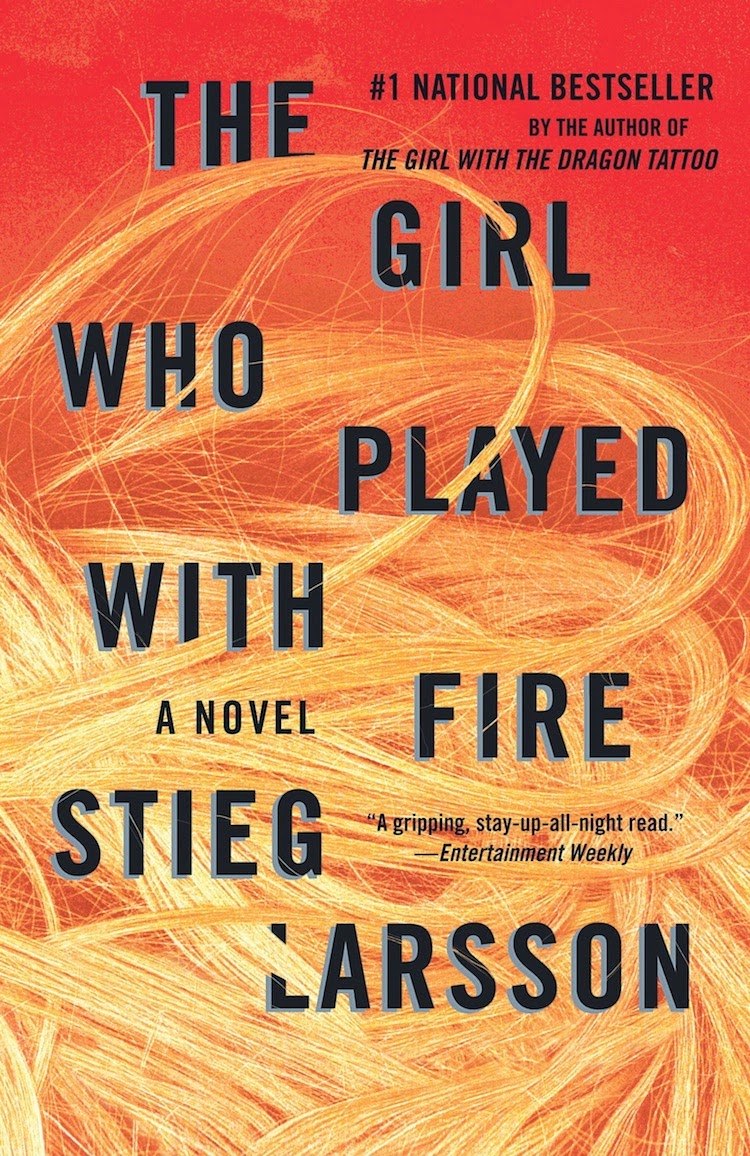Here’s the spoiler-free nutshell: In The Girl Who Played with Fire, the celebrated journalist Mikael Blomkvist is preparing to publish a highly incriminating exposé of the illegal sex trade, but just before it hits the presses, a horrific double homicide rocks the investigation. Lisbeth Salander, the maverick hacking genius, is - of course - involved, but this time, she’s not tasked with solving the murder. Instead, she’s the primary suspect. Mikael staunchly asserts Lisbeth’s innocence despite hard core evidence against her, and in his truth-hound style, he battles to clear her name and bring down the real killer. Lisbeth, on the other hand, does not defend herself. Instead, she hides and hacks out an investigation of her own.
 |
| Noomi Rapace as Lisbeth Salander (from gozamos.com) |
The book continues the theme of misogynism that Larsson began in The Girl with the Dragon Tattoo. For the sake of a good story, the situations may be exaggerated, but the sexism is not. Along those lines, Larsson introduces some scary new antagonists (including a super-sized man who can’t feel pain) and surprising protagonists (such as a world-renowned professional boxer). Larsson also unveils some of Lisbeth’s tragic history, explaining much of the psychological idiosyncrasy that makes her such a brilliant antihero. The story’s inconclusive ending builds suspense for the third and final book in the series, The Girl Who Kicked the Hornet’s Nest.
This story is better than the first for a couple of reasons. First, since fewer pages are devoted to character development and setup, the action starts immediately. Also, Lisbeth’s backstory builds empathy; she’s no longer just a freaky chick who’s great with computers.
This story is better than the first for a couple of reasons. First, since fewer pages are devoted to character development and setup, the action starts immediately. Also, Lisbeth’s backstory builds empathy; she’s no longer just a freaky chick who’s great with computers.
 |
| Stieg Larsson |
The Girl Who Played with Fire was translated from Larsson’s original Swedish by Reg Keeland, the same translator as its predecessor, so the linguistic style is the same: Smart, but not showy. Direct, but not terse. Plainspoken, but not bland. For pop literature, it’s about as good as you should expect. The art isn’t in the prose. Instead, it’s in the plot construction and robust characterization. Larsson’s got me now. Before long, I’m sure to pick up Hornet’s Nest, and I’m confident that I’ll love it.

No comments:
Post a Comment